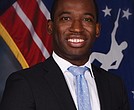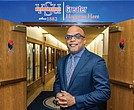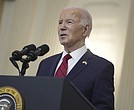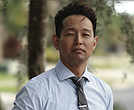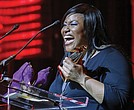City Council approves design funds for a new George Wythe
Jeremy M. Lazarus | 4/28/2022, 6 p.m.
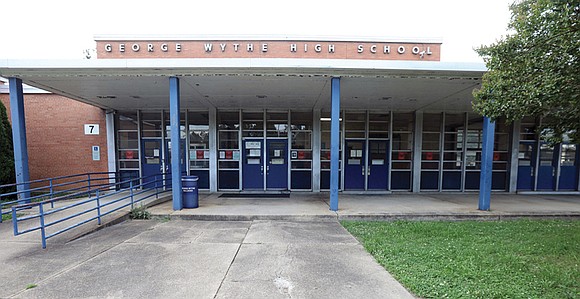
Full speed ahead for a new George Wythe High School.
That’s the new message from City Hall after a monthslong battle over the future size and student capacity for the new South Side School ended.
On Monday night, City Council cleared the way for the start of design work by approving the transfer of $7.3 million to Richmond Public Schools so it could pay the architectural firm it is preparing to hire.
The 9-0 vote was taken during Monday’s short meeting at which council officially terminated the 24-year-old Slave Trail Commission. The commission was down to three members who had not met for more than two years.
The council’s action to authorize the transfer of the money followed a 5-4 School Board vote April 11 accepting the demand by the City Council and Mayor Levar M. Stoney for development of a school that could accommodate 1,800 students.
School Board member Jonathan M. Young, 4th District, a leading advocate for a smaller 1,600-student capacity school, said the council’s action “is good news even if it came six months late.”
“Obviously, the delay in having the money transferred has set us back,” he said. “But I’m keeping my fingers crossed that we can get this project in a posture where we could be ready to bid the construction by next winter. The goal of our board still is to get this school built and open as soon as possible. We are still hoping for September 2024, but no later than 2025.”
RPS and the city had been divided over George Wythe’s development ever since the board retook control of school construction in April 2021 after ceding building work to the city for more than 10 years. Both sides agreed, however, that replacing the 61-year-old George Wythe High School building in South Side is the top priority on the list of school building needs.
The debate over size began when a five-member majority of the board decided that anew school with a capacity for 1,600 students would be sufficient and would save millions of dollars that could be used to start the process of replacing Woodville Elementary School in Church Hill.
A larger capacity high school would not be needed given the plans for developing a second new high school on South Side also are in the works, according to the five-member School Board majority that took charge of school development.
Miffed over the board’s action to control construction, Mayor Levar M. Stoney, though, had insisted that a building that could serve 2,000 students was needed because of projected population growth in the area, a position the board held until last year when it revisited the capacity issue.
The mayor corralled majority support from the council for his position, and the council prevented the money transfer until the School Board agreed to the 1,800-student new building.
Councilwoman Ellen F. Robertson, 6th District, advanced the compromise to set the capacity at 1,800 students, ending the impasse which threatened to delay design work on a new building for at least two more years.
The Slave Trail Commission, led by Richmond Delegate Delores L. McQuinn, had been in decline for some years after the council declined to appoint new members. In addition to Delegate McQuinn, the commission’s only members included the Revs. Benjamin P. Campbell and Sylvester L. Turner.
The commission termination ordinance sponsored by Council President Cynthia I. Newbille, 7th District, indicates that the commission has completed its work and is to be replaced in the future by a foundation to create a slavery museum on the Shockoe Bottom site of Lumpkin’s Jail.
Located on 15th Street near Main Street Station, Lumpkin’s Jail was the notorious pre-Civil War slave pen known as the “Devil’s Half-Acre,” where enslaved people were kept before and after they were bought and sold. After the Civil War, Lumpkin’s Jail became the initial location for a school that educated freed slaves. That school later became Virginia Union University.

